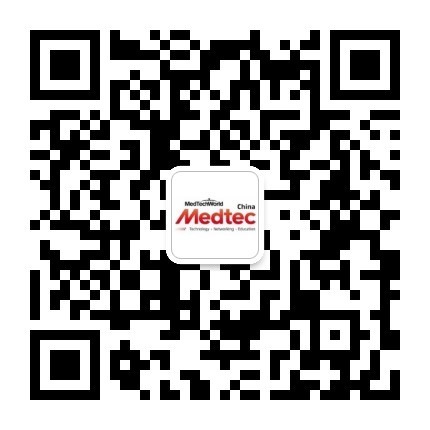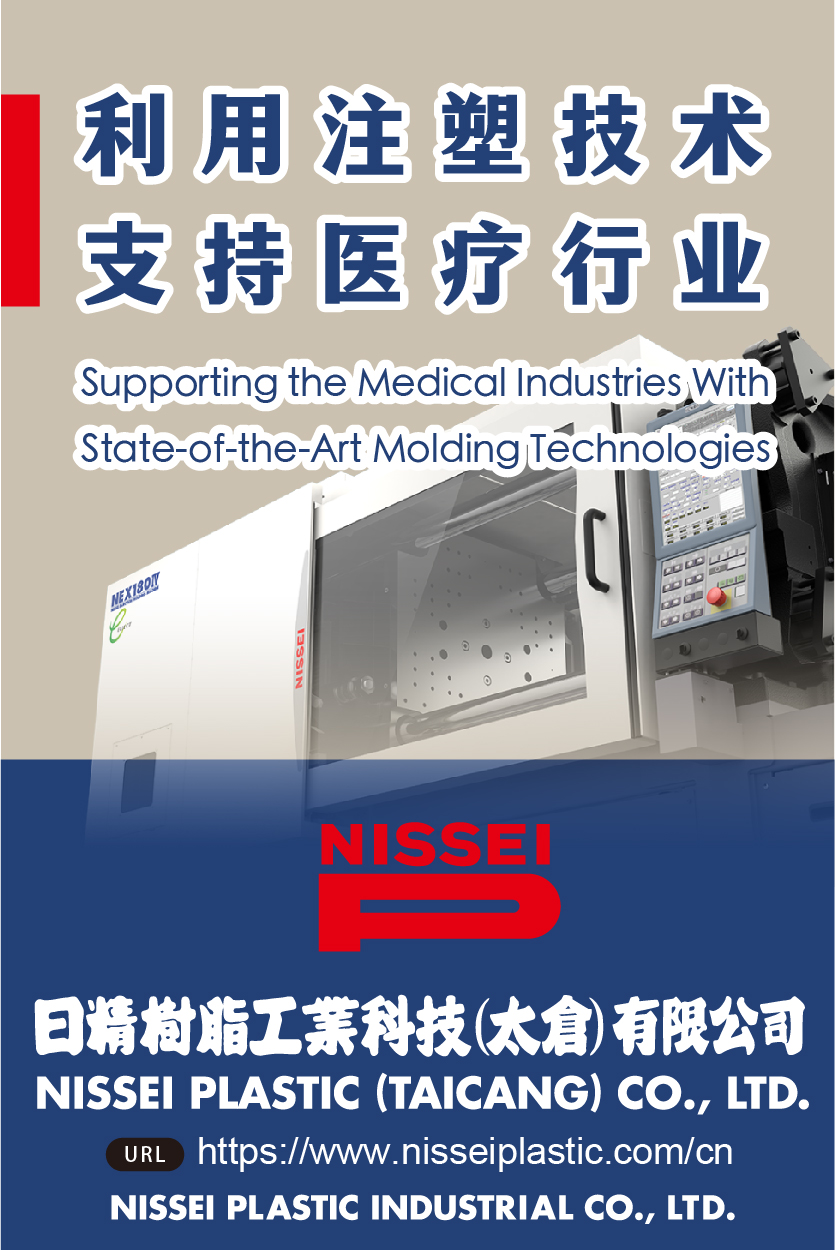The Critical Role of Supply Chain Visibility for Post-Market Surveillance

In recent years, medical device regulators have implemented stricter requirements for post market surveillance (PMS), as seen in frameworks like the EU Medical Device Regulation (MDR), the In Vitro Diagnostics Regulation (IVDR), and the UK’s Statutory Instrument (SI) coming into effect on June 16, 2025. These regulations, with the aim of safeguarding patient safety, now encompass ongoing, systematic procedures to monitor the real-world safety and performance of medical devices, mandating that manufacturers maintain comprehensive oversight of their supply chains to uphold patient safety throughout the product lifecycle and continuously meet compliance standards. As a result, manufacturers are now asked to proactively collect, analyze, act, and report on post-market data throughout a device’s lifecycle. This makes PMS a valuable tool for continuous improvement, enabling manufacturers to identify emerging risks, optimize product design, and meet diverse regulatory standards across jurisdictions.
Traditionally, manufacturers have seen PMS as an expensive necessity, focusing their efforts on direct product performance and often overlooking the pivotal role of their supply chains. However, suppliers, distributors, and importers are integral to a device’s lifecycle and are subject to specific obligations under EU MDR and IVDR, such as the requirement to maintain complaint registers and collaborate with authorities during recalls or when addressing non-conforming devices. Therefore, it is critical to ensure contractual agreements with actors that address PMS clauses and that reporting is consistently being provided.
One too often overlooked area for PMS tends to be the supply chain. Manufacturers too often fail to put into contract with their suppliers the need for support to perform these reporting duties efficiently. Checking customer feedback and complaints and how they are dealt with, for example, is key to ensuring that reporting is effective.
Importers, distributors, and authorized representatives have legal requirements concerning reporting, such as the obligation to cooperate to achieve an appropriate level of traceability. Importers should keep a register of complaints, non-conforming devices, recalls, and withdrawals, and escalate non-compliance to authorities in case of foul play.
European Authorised Representatives (EUAR) and UK Responsible Persons (UKRP) also play a significant role in ensuring compliance, respectively for non-EU and non-UK manufacturers. If a company does not have a physical location in Europe, they are required to appoint an Authorized Representative (also referred to as an EC REP or AR) to represent the company to European authorities; a UKRP plays a similar role for businesses without a UK location. Their obligations now include verifying technical documentation meets regulatory standards, maintaining copies of essential compliance documents, and liaising with competent authorities in case of safety concerns or incidents. Distributors, too, should keep a register of complaints, non-conforming devices, recalls, and withdrawals.
While these requirements are clearly laid out by law, the same cannot be said about 3PL distributors. The latter are often overlooked by manufacturers, and yet, it is they who may be delivering the product to hospitals, care homes, or directly into the hands of users. As specific types of data must be closely monitored when dealing with 3PLs, such as storage conditions, transport times, as well as complaints made directly to these actors, it is critical manufacturers include contractual obligations to support them in case of recall, but also to report complaints and other feedback they receive directly.
In this context, with many different players across different stages of the supply chain increasingly responsible for collecting and storing information concerning safety and incidents, supply chain visibility and collaboration between manufacturers, suppliers, and distributors are gaining a central role. With more players collecting information, the volume of data to be managed and stored is increasing, so businesses are increasingly turning to technology to support traceability solutions that provide automation and visibility. Automation, artificial intelligence (AI), and machine learning (ML) can transform how manufacturers manage their supply chains, and enable manufacturers to:
- Formalize supplier collaboration by incorporating explicit clauses in contracts that formally obligate suppliers, their appointed sub-distributors, and 3PLs to play their part in PMS activities. This includes sharing customer feedback, reporting complaints, and providing data essential for safety evaluations.
- Enhance data sharing by establishing robust channels for real-time data exchange between all stakeholders in the supply chain to ensure timely identification and mitigation of potential risks.
- Automate data collection by implementing automated systems, reducing the reliance on manual data entry, minimizing human error, and ensuring accurate, timely information flow.
- Manage contracts by leveraging AI to analyze contracts, ensuring the inclusion of critical clauses that mandate the specific terms of supplier participation in PMS. This proactive approach ensures all parties are aligned with regulatory requirements.
- Enable predictive analytics via ML algorithms that can analyze data trends to predict potential supply chain disruptions or quality issues, allowing for pre-emptive action to maintain compliance and safeguard patient safety.
Additionally, with cost reduction being a priority in all industries, procurement technologies can help medical device manufacturers build strategic supplier collaboration to not only ensure compliance with new and upcoming requirements but also to create additional value, uncovering shared efficiencies to encompass a range of key issues and benefits such as promoting sustainability, co-investing in innovation or finding new avenues to enhance user experience. Additionally, these partnerships can help mitigate supply chain risk and improve resilience in case of bottlenecks or geopolitical instability.
Collaborating with supply partners is, therefore, not only critical to compliant PMS but can create additional business-wide mutual benefits. Sharing demand forecasts, for instance, helps both manufacturers and suppliers optimize production processes, minimizing waste, lowering operational costs, and consequently reducing prices.
Thanks to greater transparency, it is also possible to enable just-in-time (JIT) processes, that can help minimize excess stock and storage costs, while ensuring timely delivery of goods. This is particularly relevant where pharmaceuticals that require strict temperature control are involved.
Now more than ever, with impending regulations like the UK’s new PMS Statutory Instrument and the EU Directive on Liability for Defective Products, manufacturers should strive to stay ahead and ensure they can efficiently and rapidly trace every step of the supply chain. Aligning processes with new regulatory requirements to streamline compliance activity and investing in technology to enhance data collection, analysis, and reporting capabilities can help remain compliant and competitive. Enhanced supply chain visibility and clear, direct engagement of suppliers in PMS activities can transform regulatory obligations into opportunities for innovation and value creation.
Source:MPO









